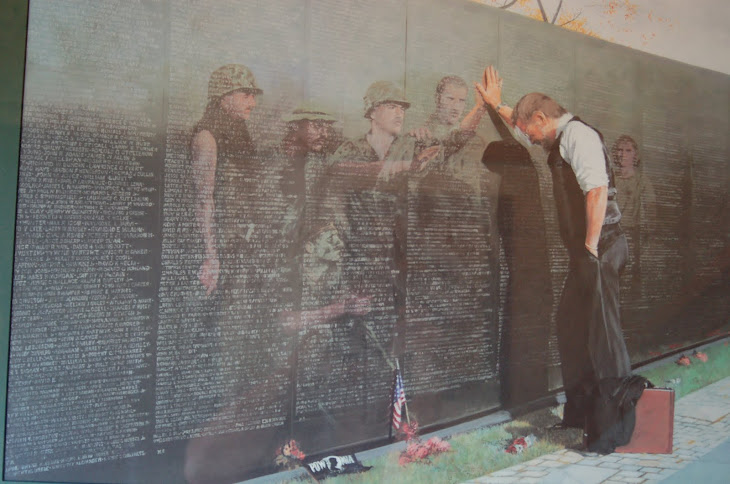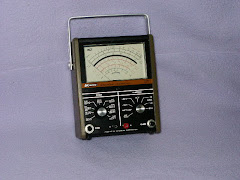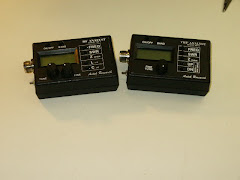
The Block Diagram is taken from the Flex Radio Opeating Manual 2007. The diagram shows the Personal Computer, interface cables, 1000D transceiver, to include additional accessories which can be added to the Flex Radio System.
The Diagram gives you a good overall view and understanding of the interconnections required. Note that the standard input and outputs on the Personal Computer are used, this makes interfacing the outputs from the 1000D compatible with the inputs of the PC. This holds true for the outputs on the PC being compatible with the inputs on the 1000D.
The Diagram also shows that there are alternate sources for audio output, one output on the PC, the other on the 1000D. The second source is a polled keyer paddle input, one on the PC, the other on the 1000D. This added some flexability when determining a location for 1000D hradward housing.













